June 17, 2025
2 Corinthians 8:1-9
Psalm 146:2, 5-6ab, 6c- 7, 8-9a
John 13:34
Matthew 5:43-48
Mass at 12:10, Rosary at 11:45
Granted, it was noon-ish on a Tuesday, but the crowd praying the rosary averaged about 75 years old. I was, by far, the youngest one there.
I’m not sure what it is about people speed-racing through the rosary. I’ve prayed along with recordings by Fulton Sheen, and he takes his time—he doesn’t rush through it like the goal is just to finish. Same with Bishop Barron, whether on Hallow or YouTube: deliberate, methodical, prayerful. But here? Mass started at 12:10, and by golly, these folks were going to have the rosary and the Angelus done by 12:05—come hell or high water.
One thing I appreciate about our home parish is that when the rosary is prayed before Mass, the speaker sits toward the back so everyone can hear. Here, the leaders sat at the very front, so it was difficult to make anything out—especially since they were soft-spoken and pushing 80.
Mass began kind of abruptly—no bell or announcement—just the priest walking in and everyone standing. Fine. Okay. No big deal.
It was probably a retired priest who lives at the cathedral rectory and helps with daily Mass and confessions. I imagine his full-time pastoral life has slowed down, and good for him—he's surely earned it after a long priesthood.
As with most daily Masses, it was short and sweet, but not lacking reverence. Still, it all felt a little rushed. There were no pauses between readings or prayers—just one thing after another. It didn’t feel unholy, just like everyone had other places to be.
The priest had a young boy—maybe 10 years old—assist him by holding the missal and bringing up the gifts. Perhaps he's an altar server on weekends and had a free afternoon. It’s always good to see young boys and young men involved like that. Maybe he’ll become a priest one day.
Father offered some reflections on the readings, mostly contextualizing Paul’s second letter to the Corinthians. He explained how the churches in Macedonia had been especially generous to the poor, and Paul expected the same of the Corinthians. He tied that into how Catholics are constantly reminded—sometimes relentlessly—to give to the less fortunate, and for good reason.
The Gospel was from the Sermon on the Mount: love your enemies. Always some justified critique of the tax collectors.
As for the church itself, I had mixed feelings. The exterior facade was beautiful—likely limestone—and it draws your eyes upward. Inside, the painted ceiling featured Christograms in blue and gold. Stations of the Cross lined the walls, and lovely stained glass windows told the history of the Church in Iowa.
But here’s where the mixed feelings come in. The cornerstone was laid in 1890, and the church opened for Mass in 1891. According to the website, a major renovation took place in the late 1970s. If you’re a traditionalist like me and admire the architecture of the days of yore, that date usually means the history and ornateness were severely stripped away.
The pews looked very mid-century. The hymnal slots were beneath the seats, between the kneelers, rather than on the backs. A burgundy/maroon carpet lined the center aisle—a classic sign of post-Vatican II renovations aimed at, as the website put it, creating a “better liturgical environment.”
The cathedra now sits against the back wall, probably where the original high altar once stood. The low altar is positioned alone at the front, and the tabernacle is off in a side chapel—still visible, but no longer at the center, where Christ rightly belongs.
One piece of history I learned from the cathedral’s website really stood out: Pope John Paul II celebrated Mass at Living History Farms in Urbandale, Iowa (just on the west side of Des Moines), in October of 1979. The altar, the chair he used (which I guess would be considered a cathedra, since the Bishop of Rome used it), and the lectern are now in the Chapel of Our Lady, where the tabernacle resides. I think that’s really cool, and it deepens my appreciation for how the Church cares for pieces of its history like that. Without reading up on it, I would’ve just assumed it was a regular side chapel.
Overall, I’m glad I came here. There’s always an opportunity to learn about the history of a place and discover interesting events tied to the church itself—like relics from a papal visit. Maybe, as the Church gets younger and more zealous again, there’ll be another major renovation—one that restores some of the older elements that were, probably, once part of the space.
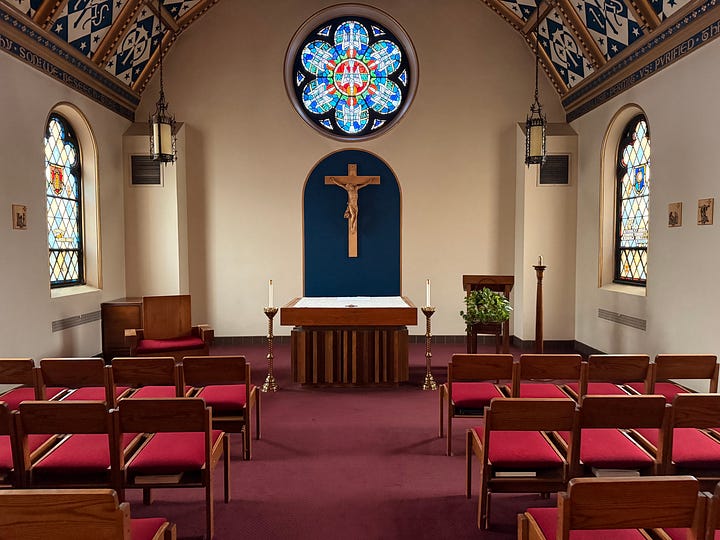
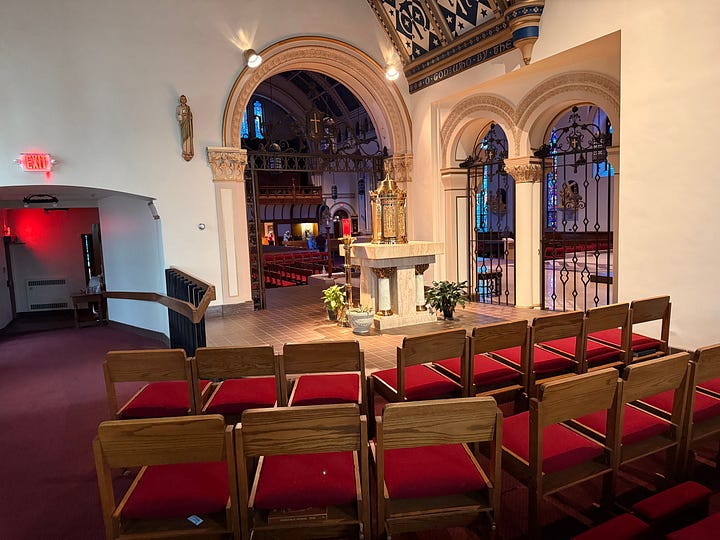
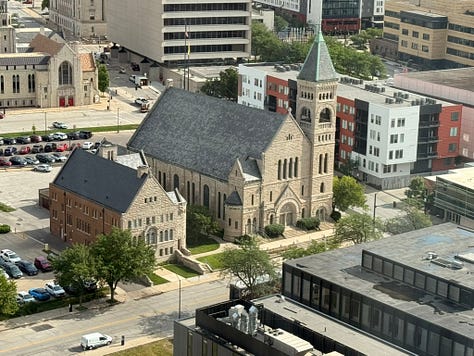
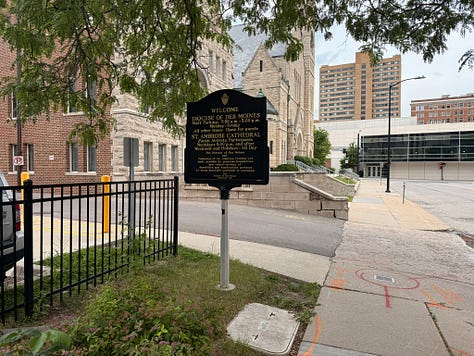
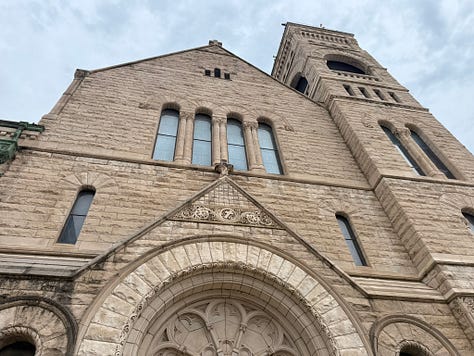

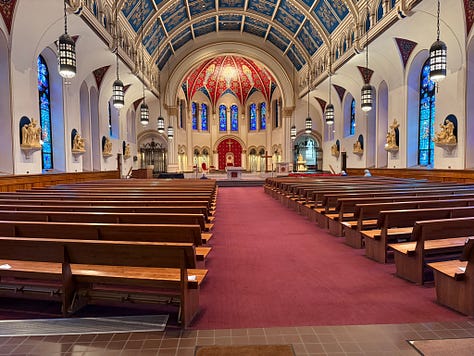
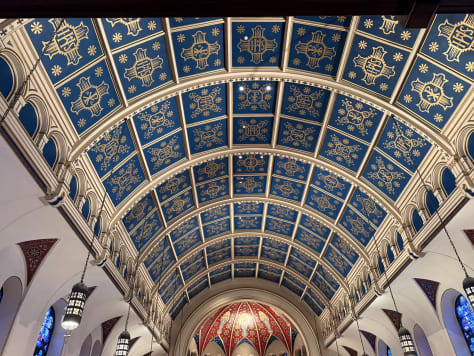
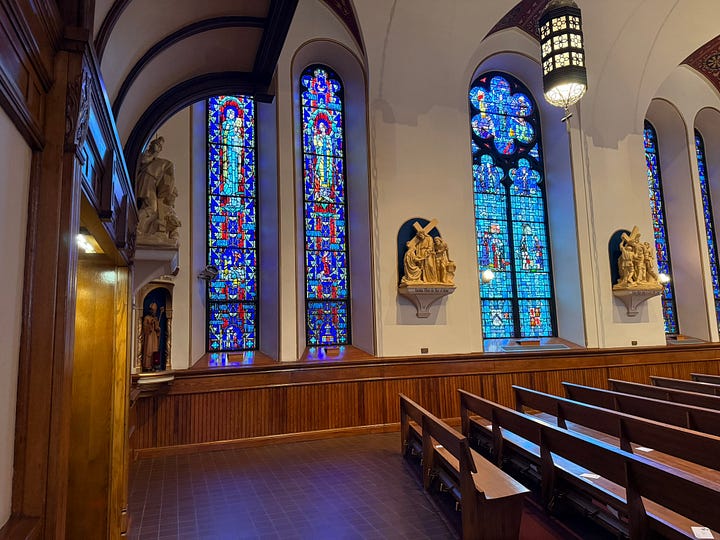
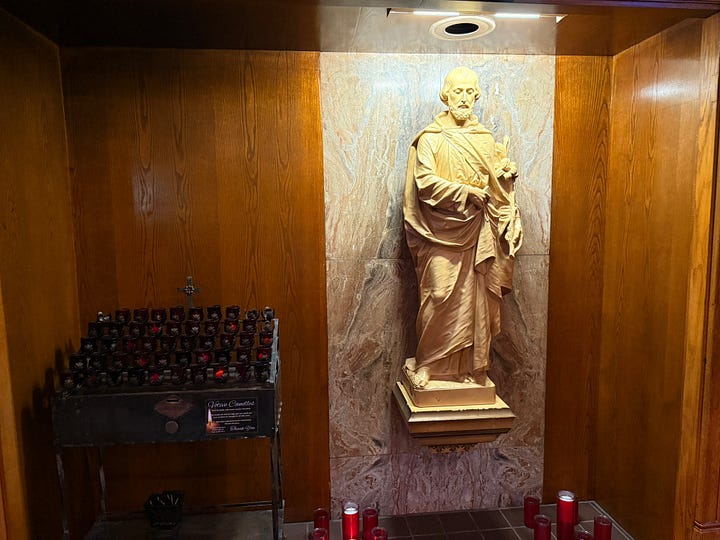
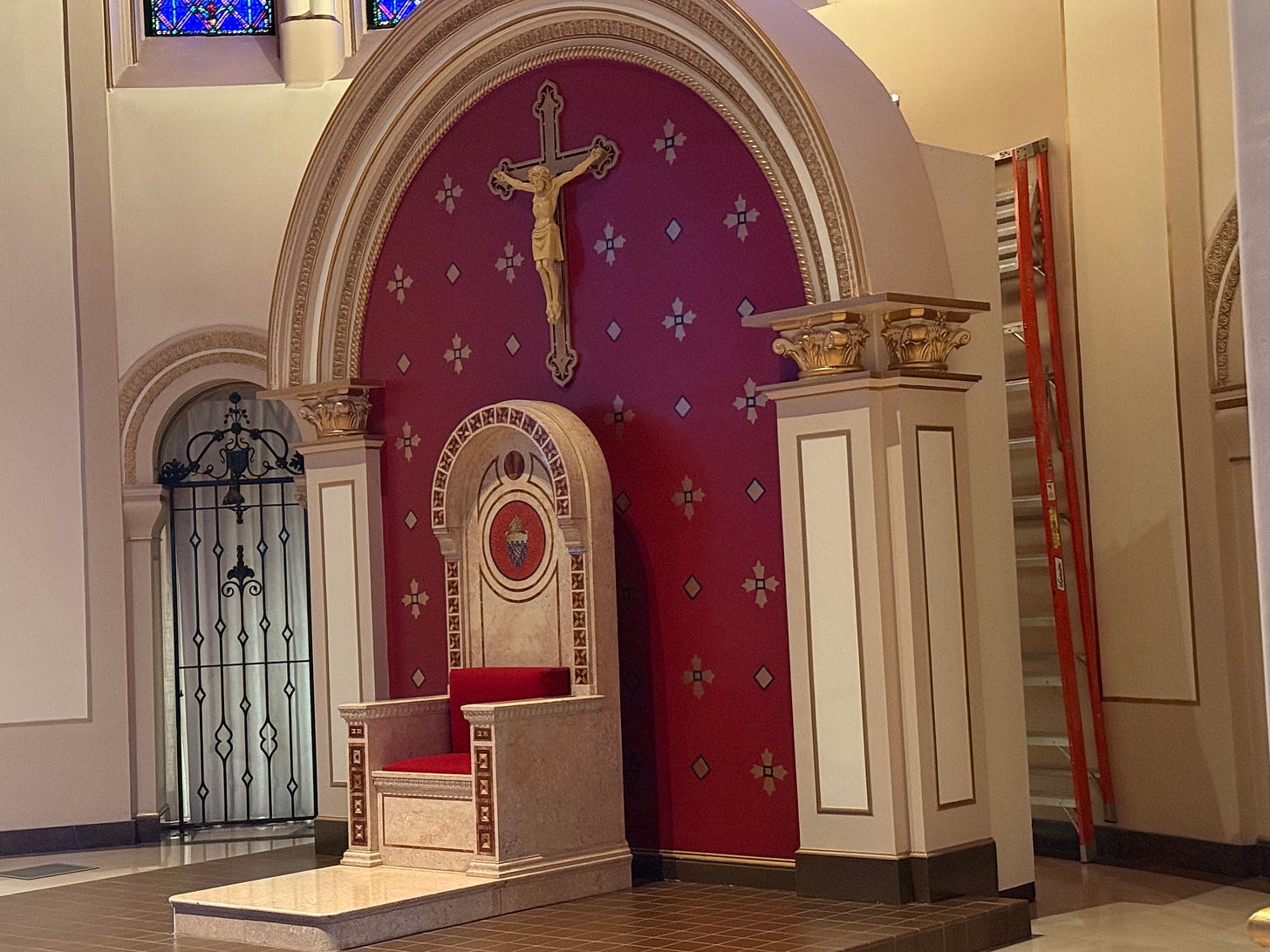





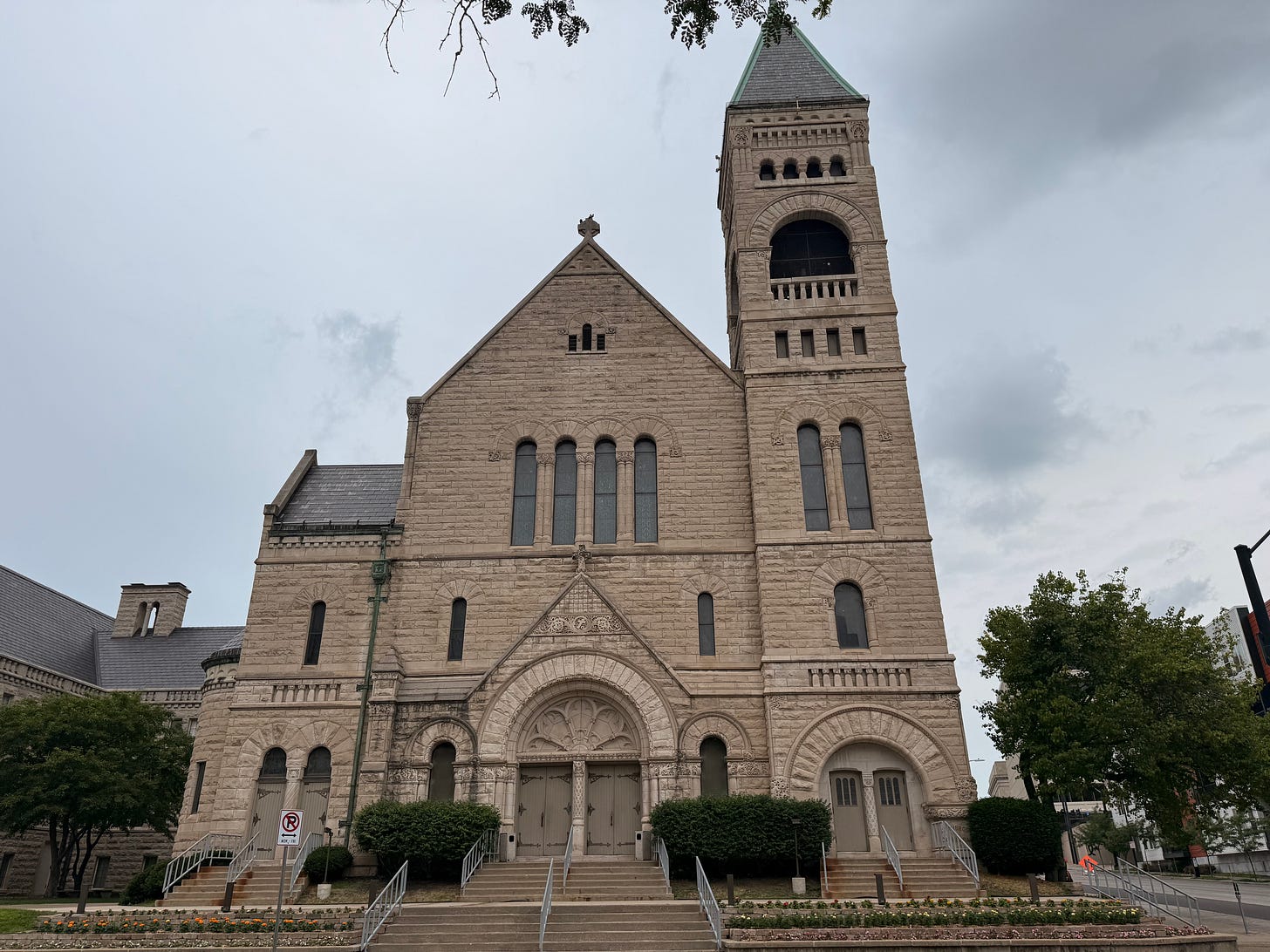
Thank you for this information, particularly about the papal visit. My husband was able to go see St. John Paul II in 1979. The whole region was affected by that Mass, so it’s really neat that there are items like that in an unassuming Chapel.